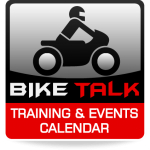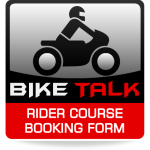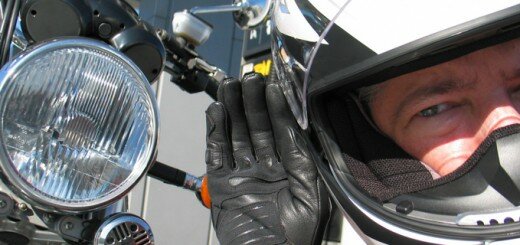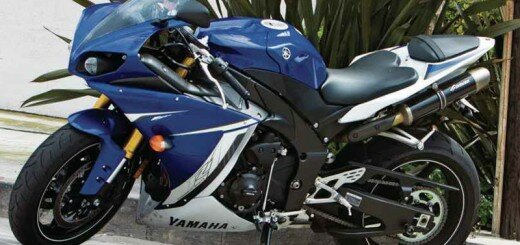If you’re serious about high-performance motorcycle riding, the first thing you’ll want to do is book track time in order to hone your skills in a safe environment.Track days are great ways to explore the limits of your bike and develop performance riding techniques without the threat of traffic, pedestrians, road hazards, or even law enforcement!
Here’s a checklist that will help you get the most out of it.
1. Get your bike in shape – This means ensuring that your tyres, brakes, and chain are in decent shape, your bike has been tuned up recently, and that you’ve performed a safety inspection on your bike. Double check your tyre pressure on track day, and ensure that your track weapon is in the best shape possible.
2. Anticipate safety requirements – Many track days require replacing engine coolant with water, since coolant spilled in an accident can cause slippery hazards. You’ll want to preserve your engine’s cooling system by using distilled water.
Your bike’s fasteners may need to be safety wired down (to prevent them from flying off in an accident), so you should consider doing so with a drill, safety wire, and pliers, or getting the work done by a professional mechanic.
3. Be prepared with supplies – Some of the basic things you’ll need are extra fuel, tools, and materials to transport your bike like tie-downs and/or a trailer.Comforts like portable chairs, umbrellas, ice chests, food, and water will enable you to recharge between laps.Keeping a list of your supplies will make it easier to remember what you’ll need to bring.
4. Pay attention – From the rider’s meeting to the rules of the track, being attentive is the key to getting the most out of the experience and staying out of trouble. Prepare by getting a full night’s sleep and staying properly hydrated; a clear mind is the easiest way to stay fast and safe on the track. Listen to your inner voice: if you’re going too fast or getting faitgued, slow down or exit and take a break. Crashing simply isn’t worth it!
5. Preserve your bike – Track days are mechanically demanding on bikes, and it’s important to spend one lap warming up your bike, and one lap cooling it down. The warm-up lap will get your tyres and bike up to temperature and the cool down lap will save your high-revving engine from potential damage.
6. Check your bike often – Make sure your tyres are healthy, your chain is adjusted properly, and your fuel level is okay before every session. Removing that lingering worry about these items will allow you to focus more on your riding technique and less on the mechanical integrity of your bike.
7. Ride at your own pace – When you hit the track, you’ll be pumped with adrenaline and a strong desire to keep pace with faster riders. Resist those urges.Remember that track days aren’t races; they’re an opportunity to enjoy speed in the safety of a controlled environment. Don’t detract from that experience by exceeding the abilies of yourself and your bike.
8. Respect your tyres – Tyre temperature (in addion to proper riding technique, of course) usually makes the difference between attaining incredible lean angles and crashing. Make sure you allow 2 or 3 laps for your tyres to warm up, and never ride aggressively on cold tyres.
9. Learn the meanings of various safety flags – Flags are used to signal conditions including varying degrees of caution and when lap sessions are beginning and ending. Be sure you learn their significance so you’re aware of what’s going on around you, and can react appropriately.
10. Don’t be afraid to ask for help – It’s difficult to ancipate the physical, mental, and logiscal demands of a track day, and there are usually plenty of attendees who are more than willing to lend advice and guidance. Don’t be shy: if you’re in doubt, make use of their experience and ask plenty of questions.
What You Need – A reliable sport bike that’s track-prepped. Bike transport, be it a trailer, loading ramps, etc. Proper riding gear (depending on the class), including fully armoured leathers, gloves, helmet, boots and ear-plugs. Extra fluids, including fuel, oil, and water. Comforts like food, water, shade, and chairs. Frame sliders for protection against fairing damage from crashes and tools for maintenance.














